About 40 km west of Gia Lai provincial capital, Duong Long tower cluster stands out on a high hilltop in Binh An commune, Gia Lai province (formerly Tay Son district, Binh Dinh province).
The South Tower is 33 m high and has the most intact architecture of the three towers.
PHOTO: DUC NHAT
Duong Long Tower is decorated with the most stone details compared to the Cham tower system in Vietnam.
PHOTO: DUC NHAT
Duong Long Tower - also known as An Chanh Tower, Binh An Tower, Nga Tower - is a typical Cham tower complex, built in the late 12th and early 13th centuries and is one of the unique architectural works of Champa culture. The relic complex represents a harmonious blend of traditional Champa art and the influence of Khmer architecture.
Located in a campus with a total area of about 370 m², the tower cluster consists of 3 towers: the Middle Tower (main tower), the South Tower and the North Tower. According to the Vietnam Heritage Department, the Middle Tower is the central and tallest tower (39 m), considered the tallest brick tower in Southeast Asia. The main tower still retains a solid foundation with a square base, each side is 16.5 m long. The walls are arranged with unadorned pillars. The sandstone base panels still have traces on many sides, especially the south side which is quite well preserved.
If the excavation is not expanded, valuable artifacts may be buried forever. Once restored, there will be no more archaeological opportunities.
Mr. Nguyen Thanh Quang, Gia Lai Provincial Historical Science Association
The South Tower is 33 m high and has the most intact architecture of the three towers. The square base is 14 m long on each side, the tower walls are built in tiers, the walls are smooth, the roof has 4 floors and is elaborately decorated with elephant head and lion body motifs (Gajashimha), soft curved edges and raised dots. The North Tower is 32 m high and has many similarities with the South Tower in structure and style. The decorative motifs still have traces of lions, people sitting cross-legged, people dancing... The south side still retains the almost intact false door, including the layers of stone belts at the base of the tower that are elaborately carved.
Duong Long tower cluster was built in the period from the end of the 12th century to the beginning of the 13th century.
PHOTO: DUC NHAT
Over the past 800 years, the tower has been damaged by nature, war and human impact.
PHOTO: DUC NHAT
In addition to its architectural value, the Duong Long tower cluster is also a "living archive" reflecting the religious and artistic life of Champa during the Vijaya period. This was the prosperous period of the Champa kingdom for nearly 5 centuries. Many precious artifacts were found here such as reliefs of Brahma, the god Indra, the snakes Naga, Makara, Kala... reflecting the rich thinking, beliefs and creativity of the Cham people.
Duong Long Tower is not only a typical architectural work but also a valuable archive of cultural exchange between civilizations in the Southeast Asian region, especially between Champa and Khmer.
Serious degradation, need early intervention
Despite being a special national monument, after more than 800 years of existence and the impact of war, weather and human activities, the tower cluster has been severely damaged. The Middle Tower has lost almost all of its doors and lobby. The South Tower, although its architecture is quite intact, has its roof and some details collapsed. The North Tower is the most severely damaged structure with its body hollowed out despite being reinforced since 1984.
Associate Professor, Dr. Bui Chi Hoang assessed the Duong Long tower cluster as the pinnacle of Champa construction and sculpture art.
PHOTO: DUC NHAT
During three excavations conducted in 2006, 2007 and 2009, with a total area of over 3,000 m², researchers discovered many layers of stone cladding, open-air temple architecture, Yoni idols, and thousands of valuable artifacts. However, researchers believe that the excavation area is still very limited compared to the scale of the entire relic area, especially the area that may contain unique and valuable artifacts.
Associate Professor Dr. Bui Chi Hoang, former Deputy Director of the Southern Institute of Social Sciences, assessed the Duong Long tower cluster as the pinnacle of Champa construction and sculpture. Over hundreds of years of erosion by trees and human impact, the towers have been damaged in many places, so restoration of the relic is inevitable.
"The relic is currently about 30-40% damaged. If properly excavated and restored, its original appearance can be restored. More importantly, serious investment will open up opportunities for sustainable tourism development for the locality," said Mr. Hoang.
Mr. Nguyen Thanh Quang, Gia Lai Province Historical Science Association, said that currently in the system of Cham towers in Gia Lai, only Duong Long tower is recognized as a special national relic. Not only is it the tallest, the tower is also decorated with the most stone details compared to the system of Cham towers in Vietnam. However, after 3 excavations, only about 3,000 m² have been surveyed, while in reality, broken artifacts are scattered over a very large space. "If the excavation is not expanded, valuable artifacts may be buried forever. Once restored, there will be no more archaeological opportunities," said Mr. Quang.
Large-scale archaeological excavation needed to restore Duong Long tower
PHOTO: DUC NHAT
Broken artifacts were scattered over a very large space outside the previously excavated area.
PHOTO: DUC NHAT
Mr. Quang also said that according to the request of the Ministry of Culture, Sports and Tourism, the current archaeological work must serve two parallel goals: relic restoration and site planning. Therefore, archaeological work needs to be carried out synchronously and thoroughly to both preserve the original architecture and exploit the long-term cultural and tourism values.
According to the Department of Culture, Sports and Tourism of Gia Lai province, in recent years, the relic has received investment in phase 1 of restoration and embellishment, thanks to which, the architecture of the roofs of the towers has been basically restored and reinforced to a stable state, eliminating the risk of collapse and loss. However, the architectural components including the base and foot of the towers have not been restored, so they are currently in a state of continued degradation, with a high risk of collapse and loss, and it is necessary to continue investing in preserving, restoring and rehabilitating the original architectural components of the temple and tower relics.
In addition, a large part of the relic site has not been fully archaeologically excavated, so there is not enough scientific basis to carry out comprehensive restoration. Therefore, the Department of Culture, Sports and Tourism of Gia Lai province proposed an archaeological and excavation scale of 9,150 m² on the area adjacent to previously excavated areas.
Source: https://thanhnien.vn/can-khao-co-quy-mo-lon-de-trung-tu-thap-cham-cao-nhat-dong-nam-a-185250806210642977.htm


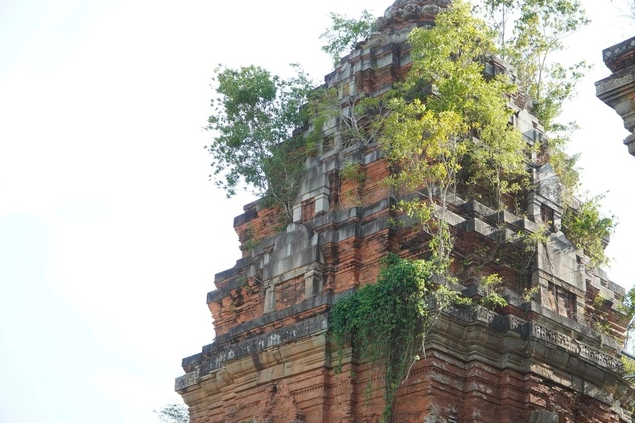
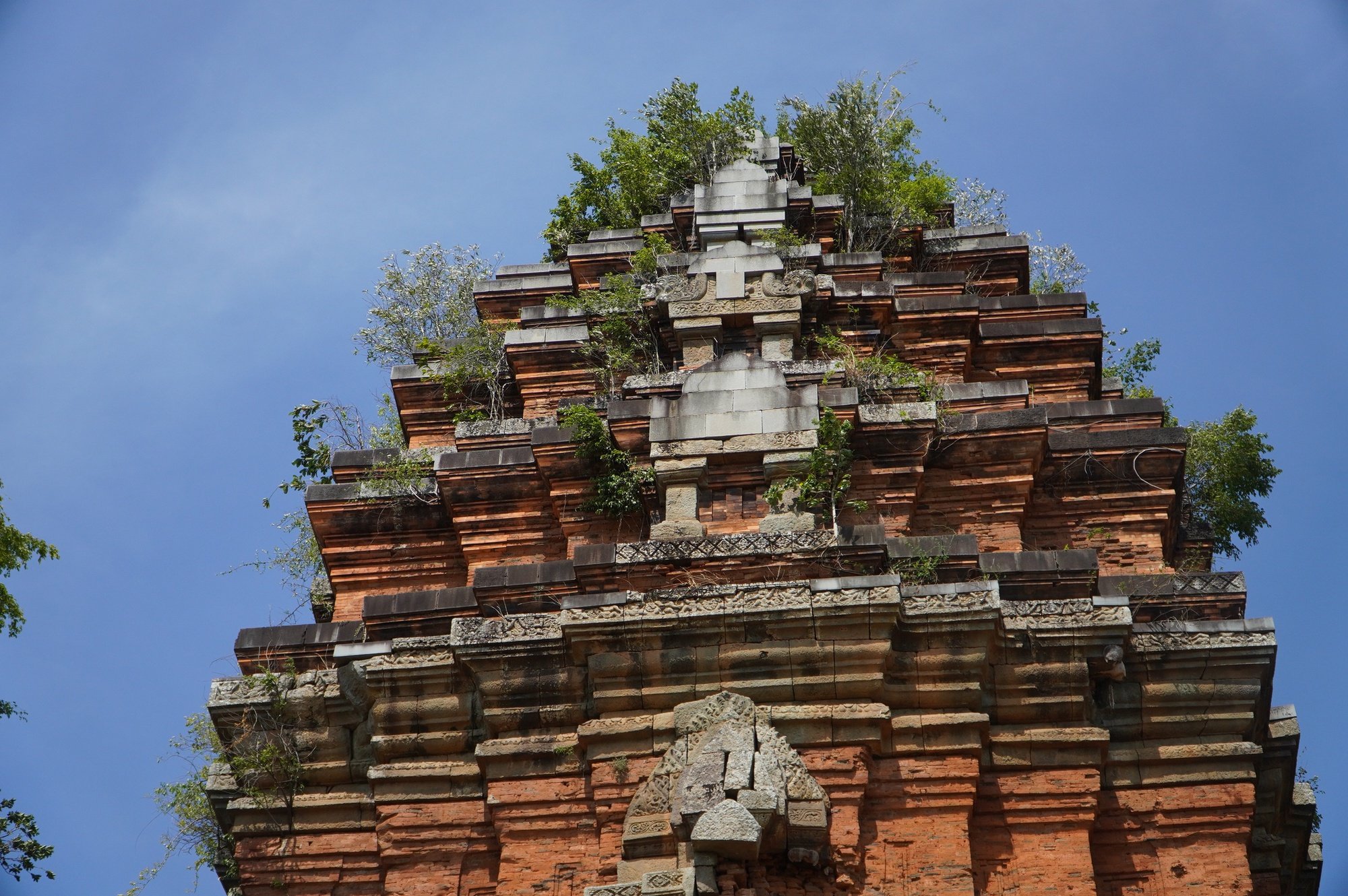
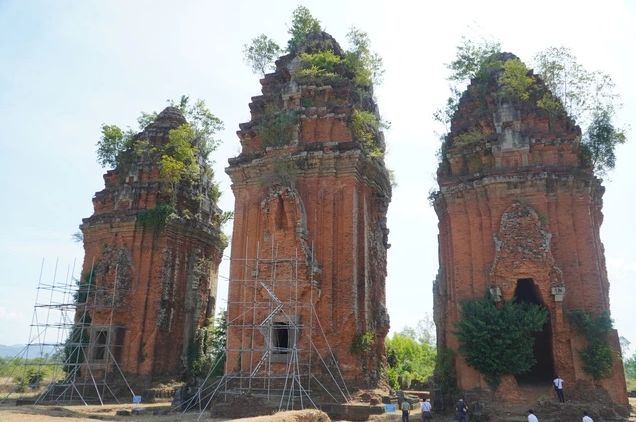
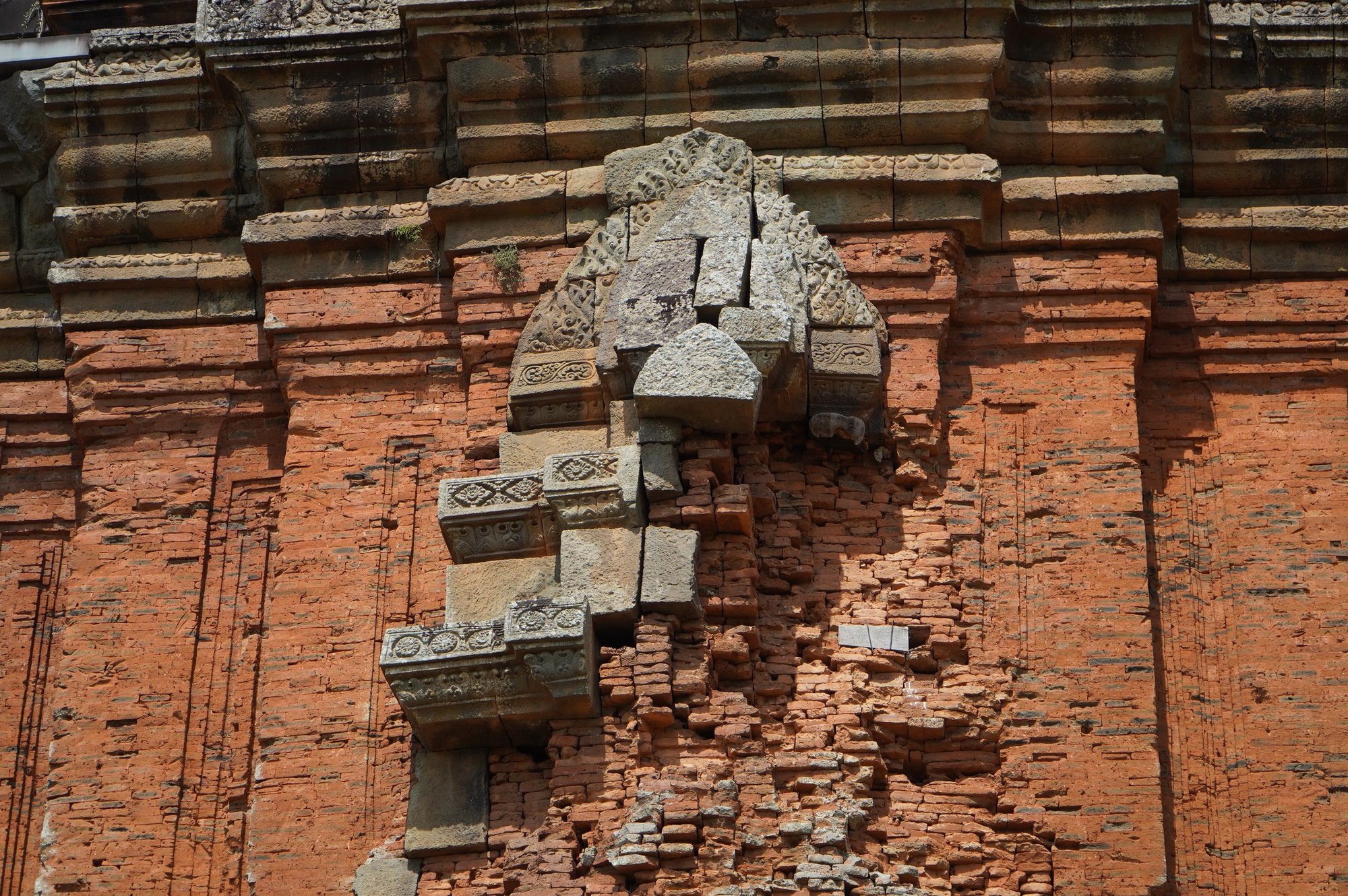
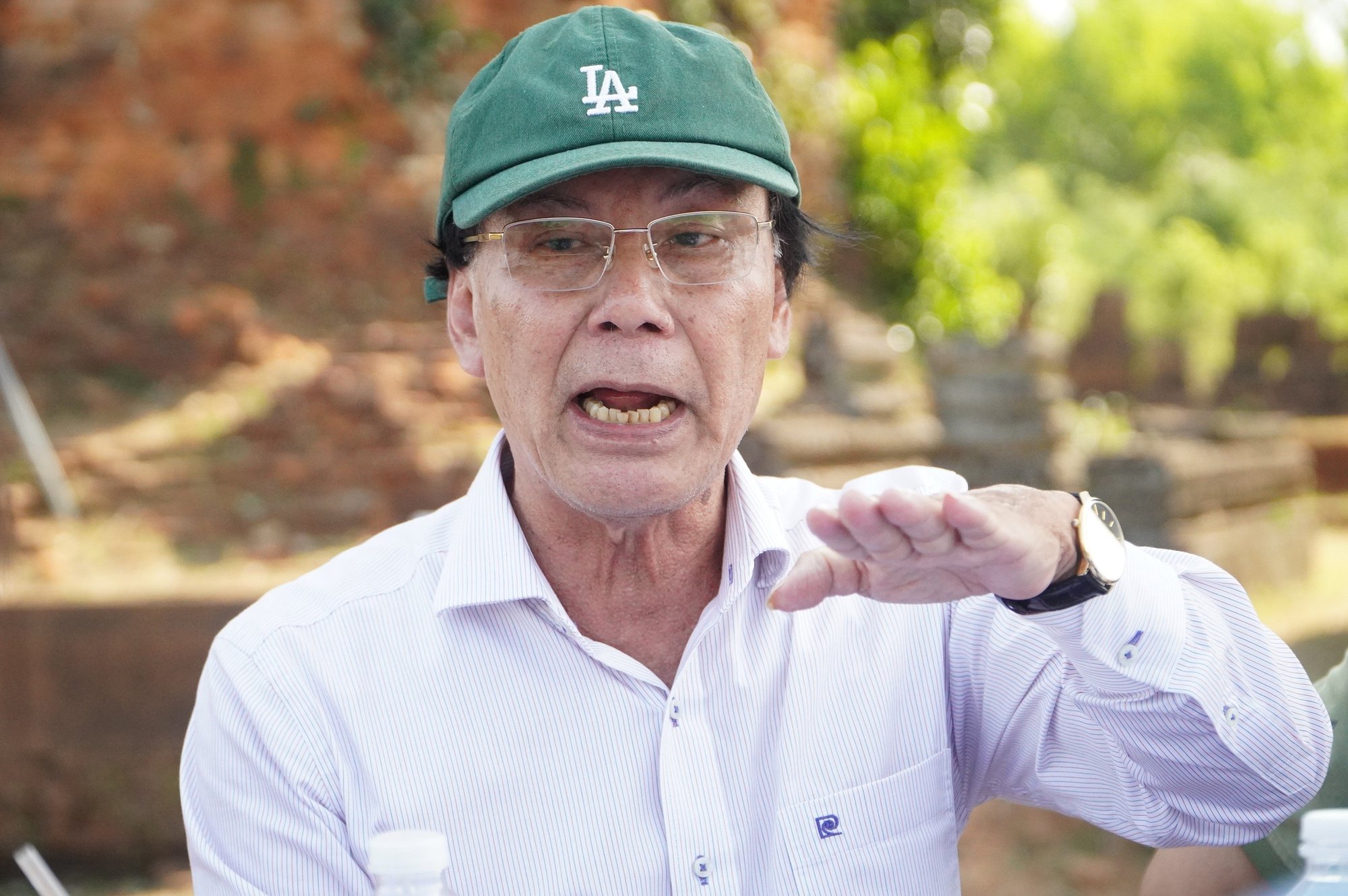
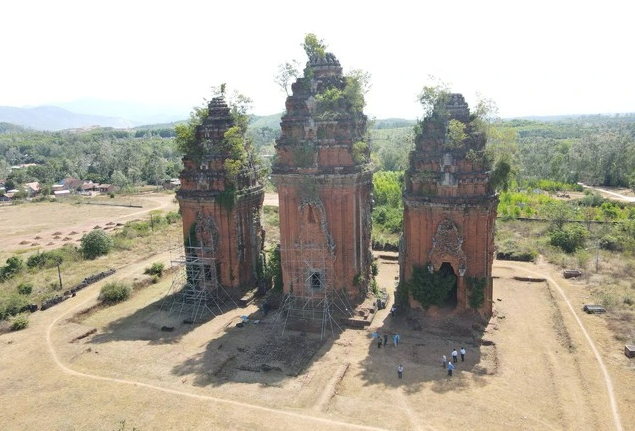
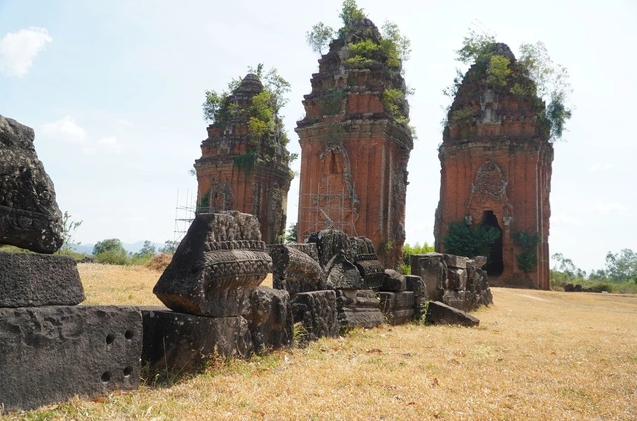

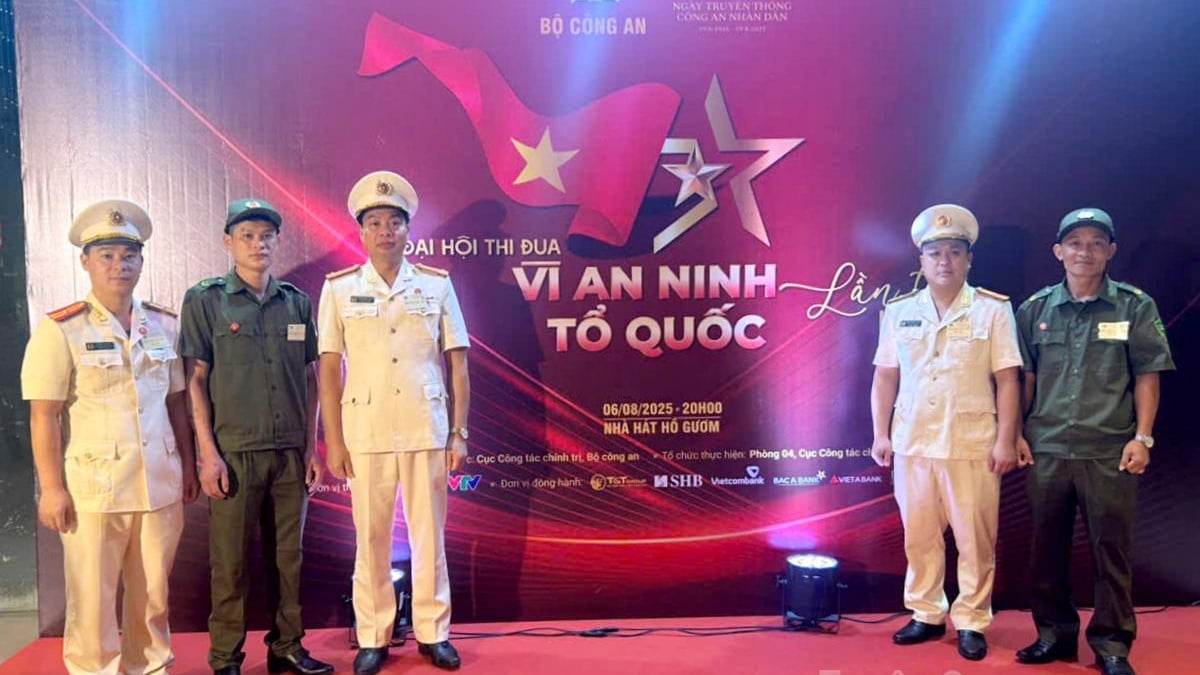

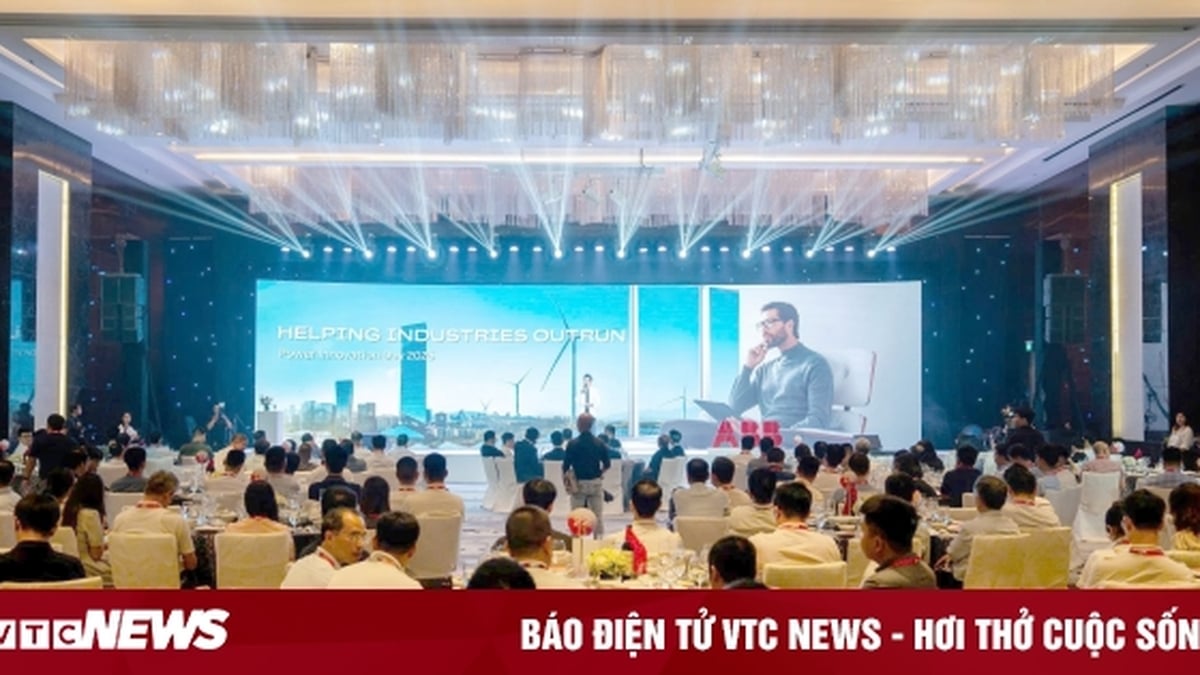
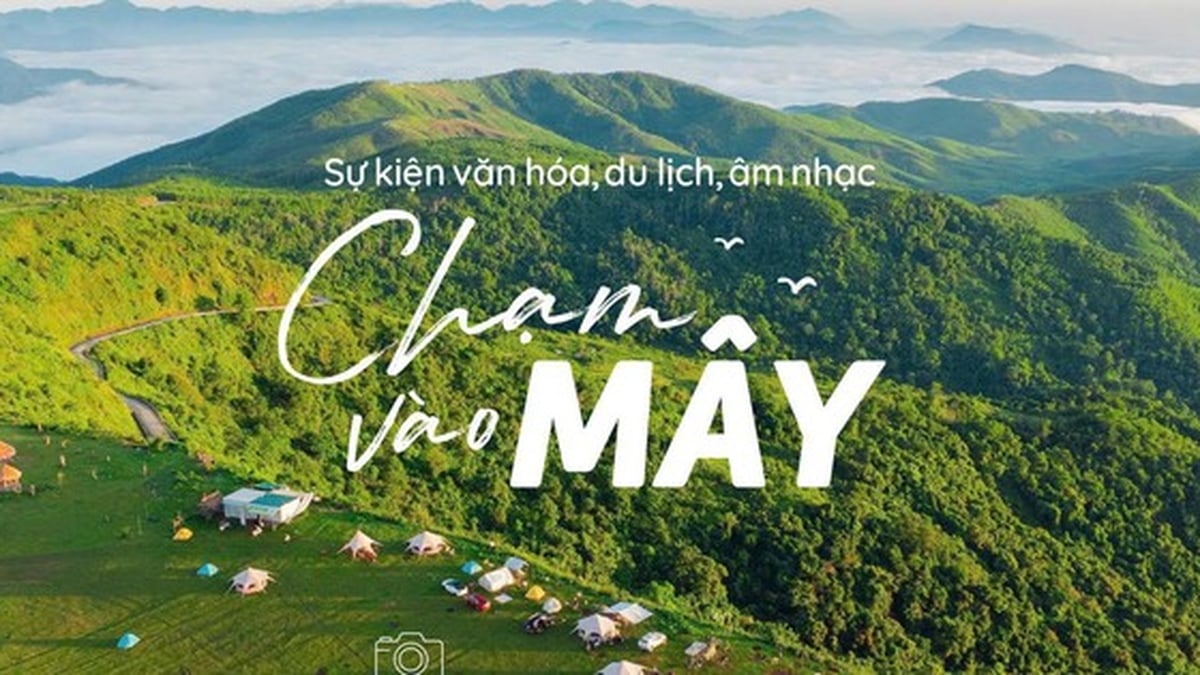

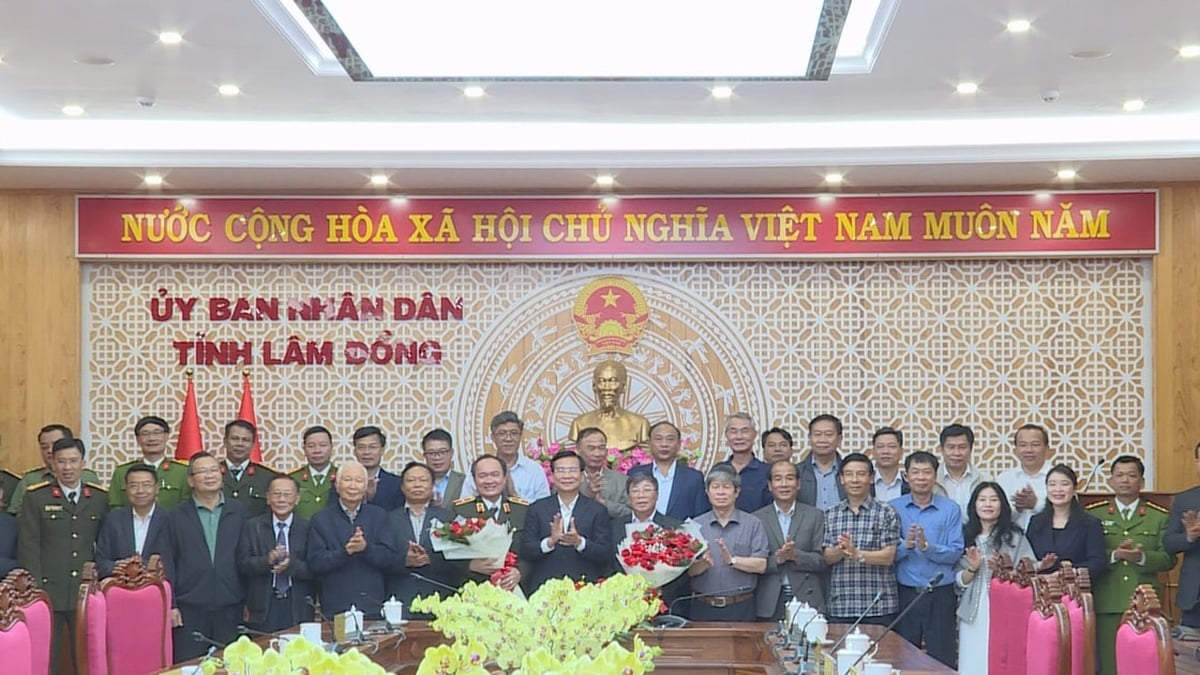

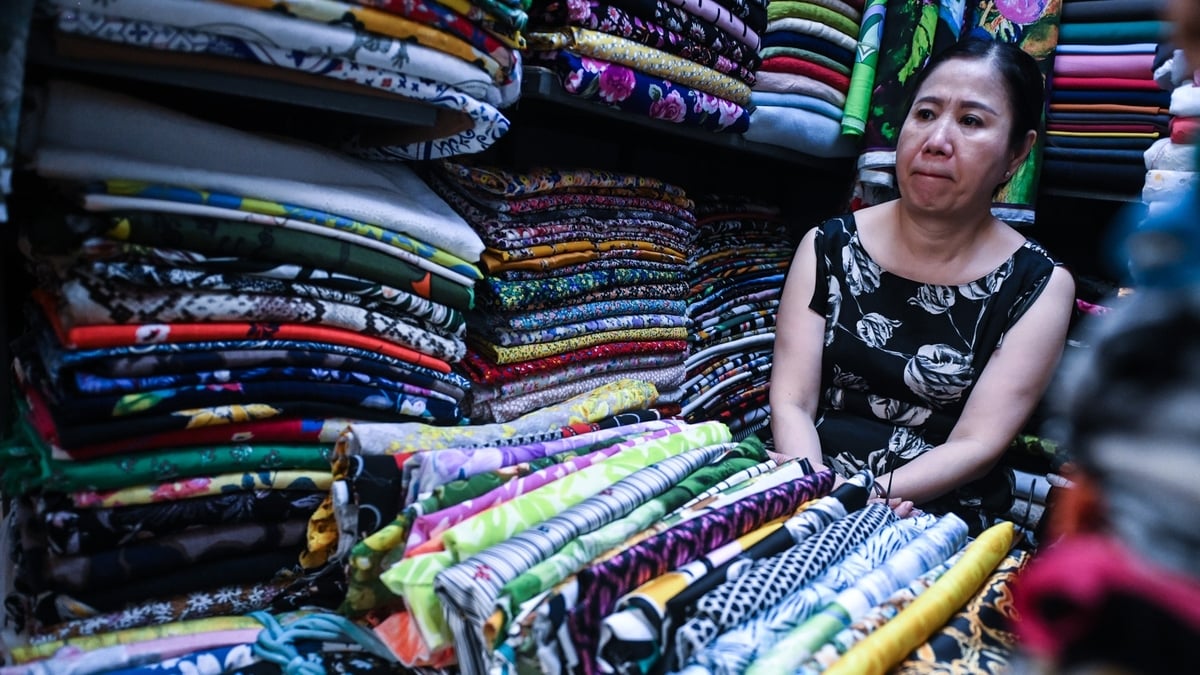











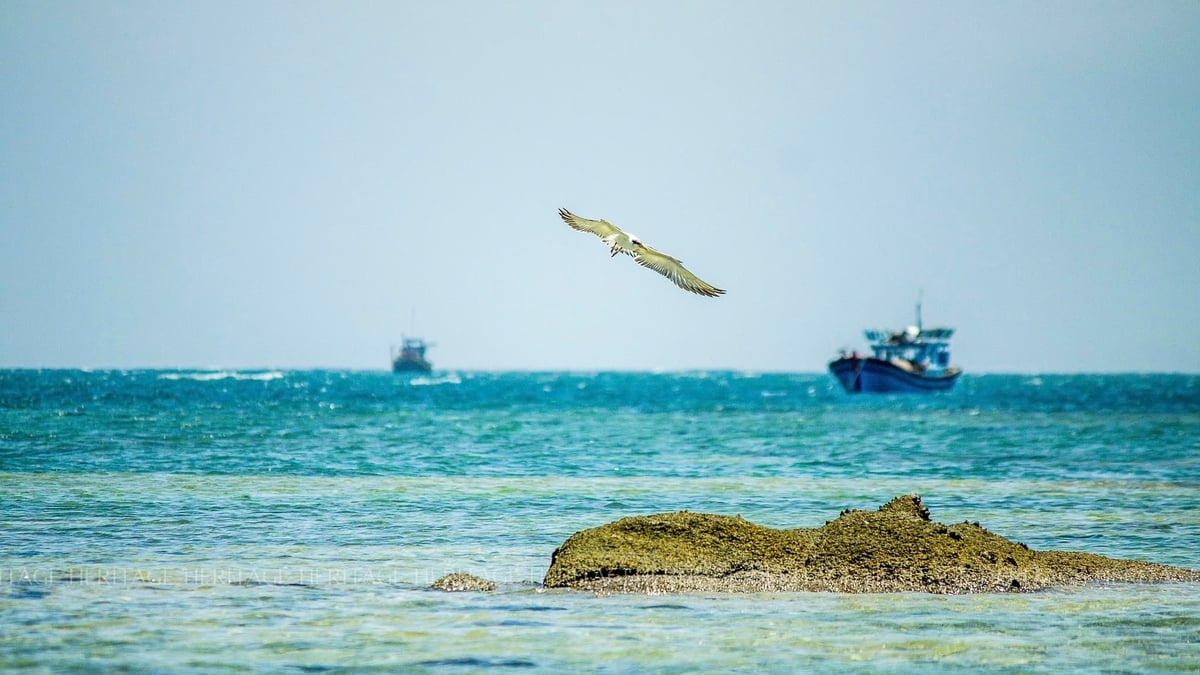

![[Photo] Nghe An: Provincial Road 543D seriously eroded due to floods](https://vphoto.vietnam.vn/thumb/1200x675/vietnam/resource/IMAGE/2025/8/5/5759d3837c26428799f6d929fa274493)
![[Photo] Discover the "wonder" under the sea of Gia Lai](https://vphoto.vietnam.vn/thumb/1200x675/vietnam/resource/IMAGE/2025/8/6/befd4a58bb1245419e86ebe353525f97)

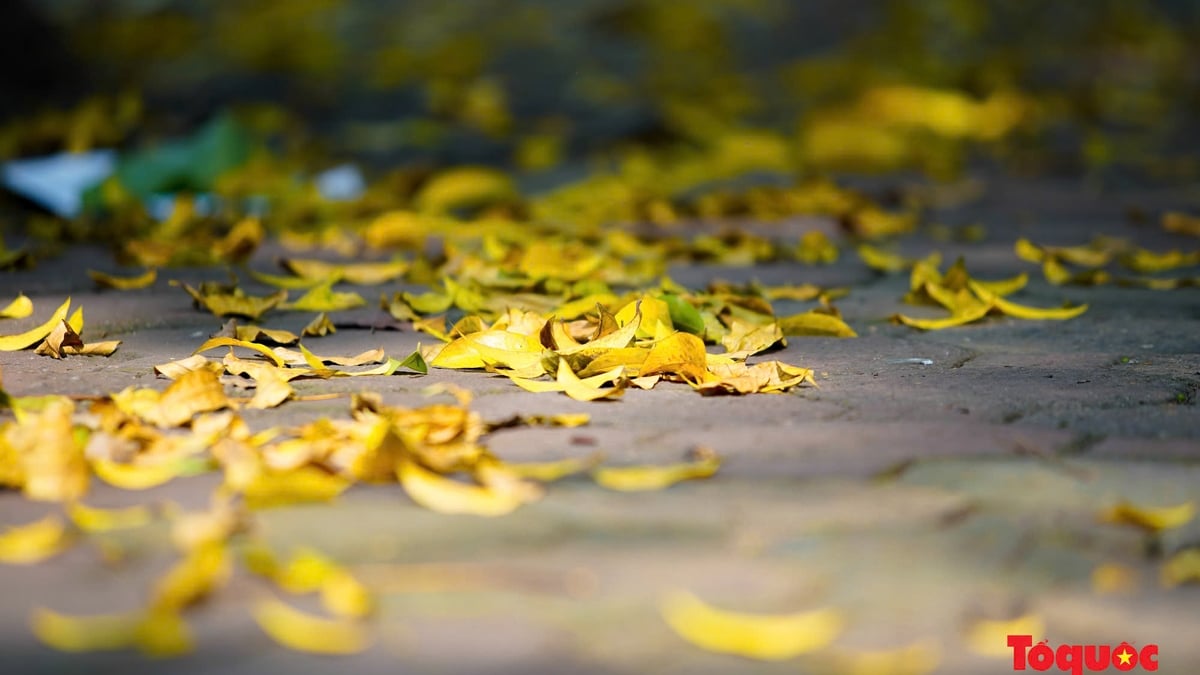



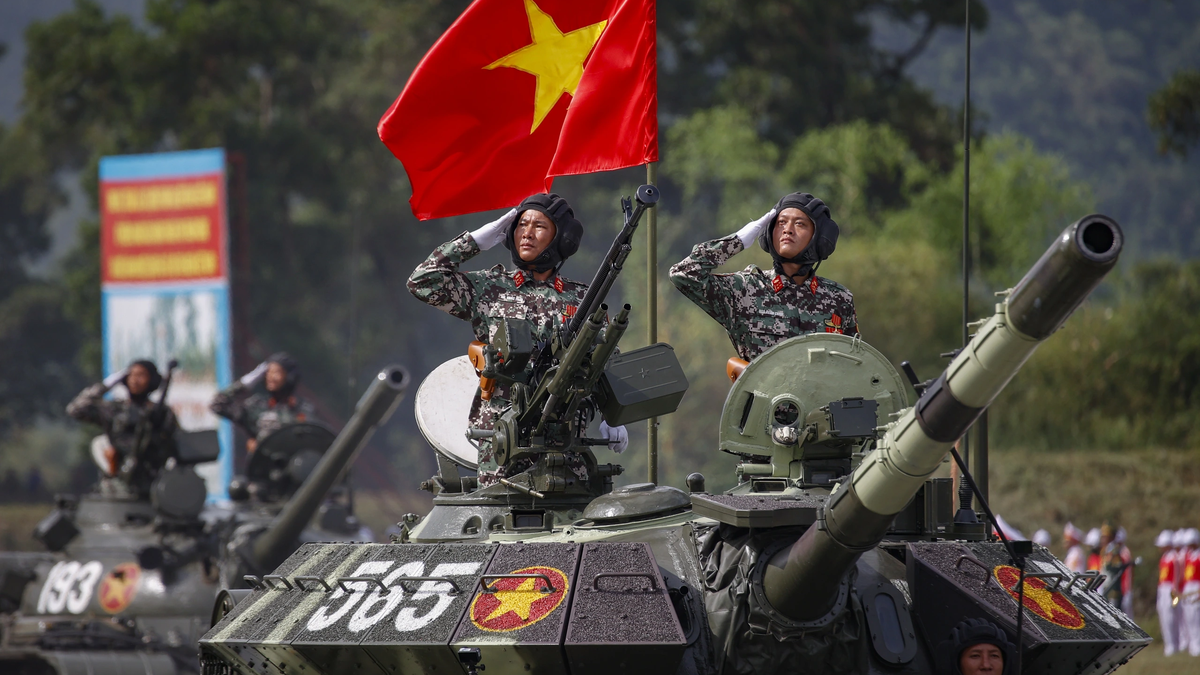
























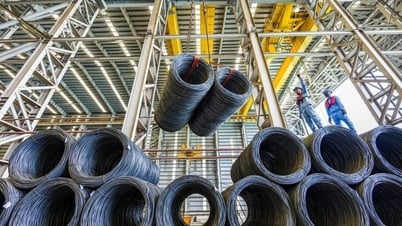


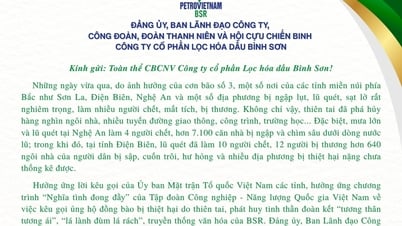
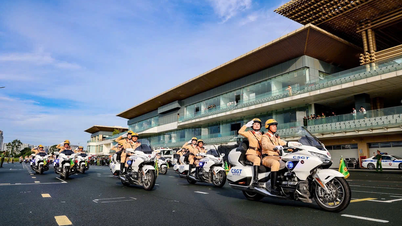







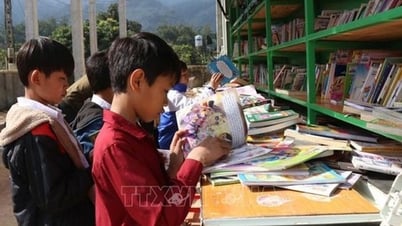


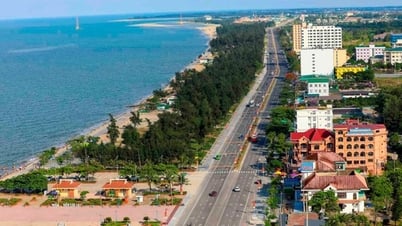
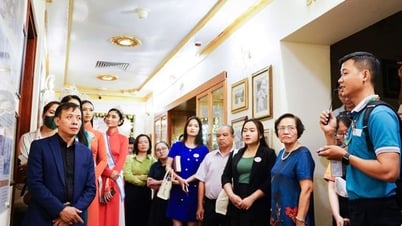

















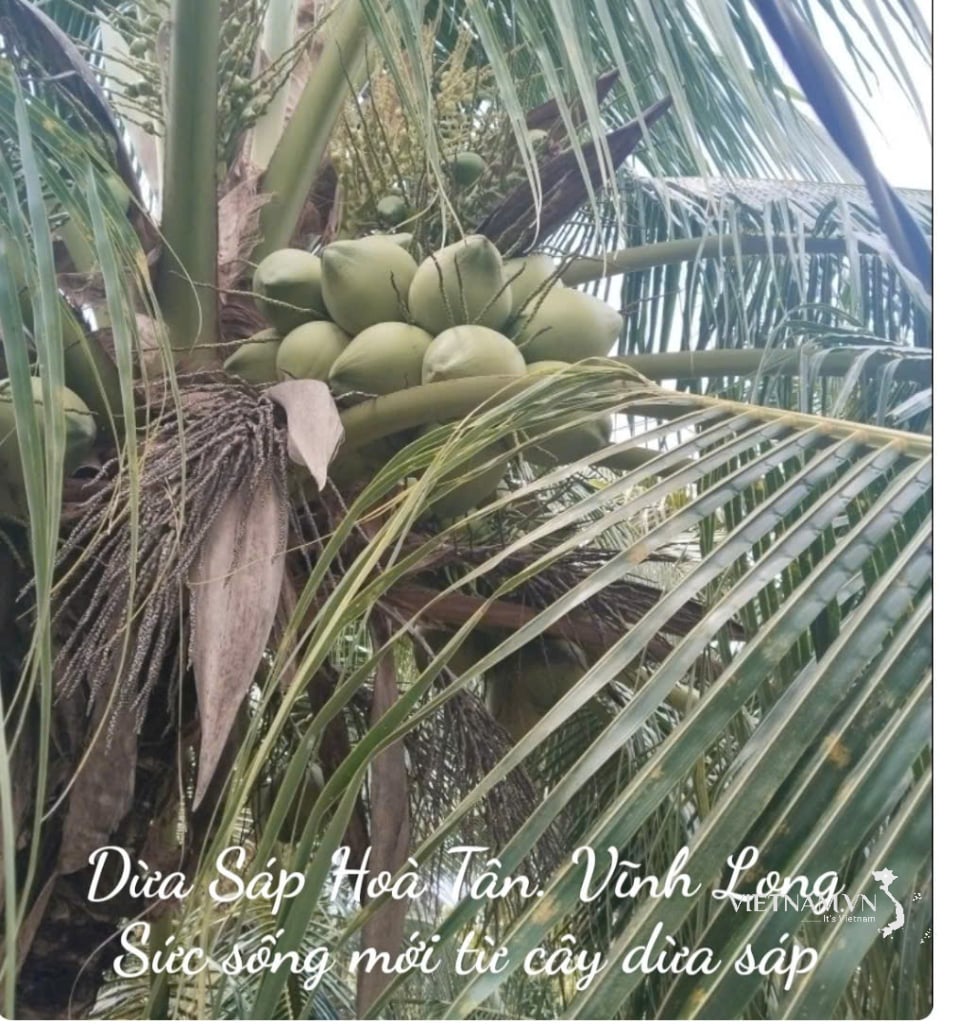

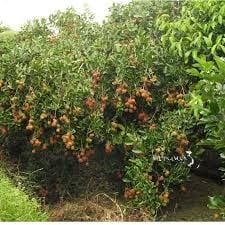
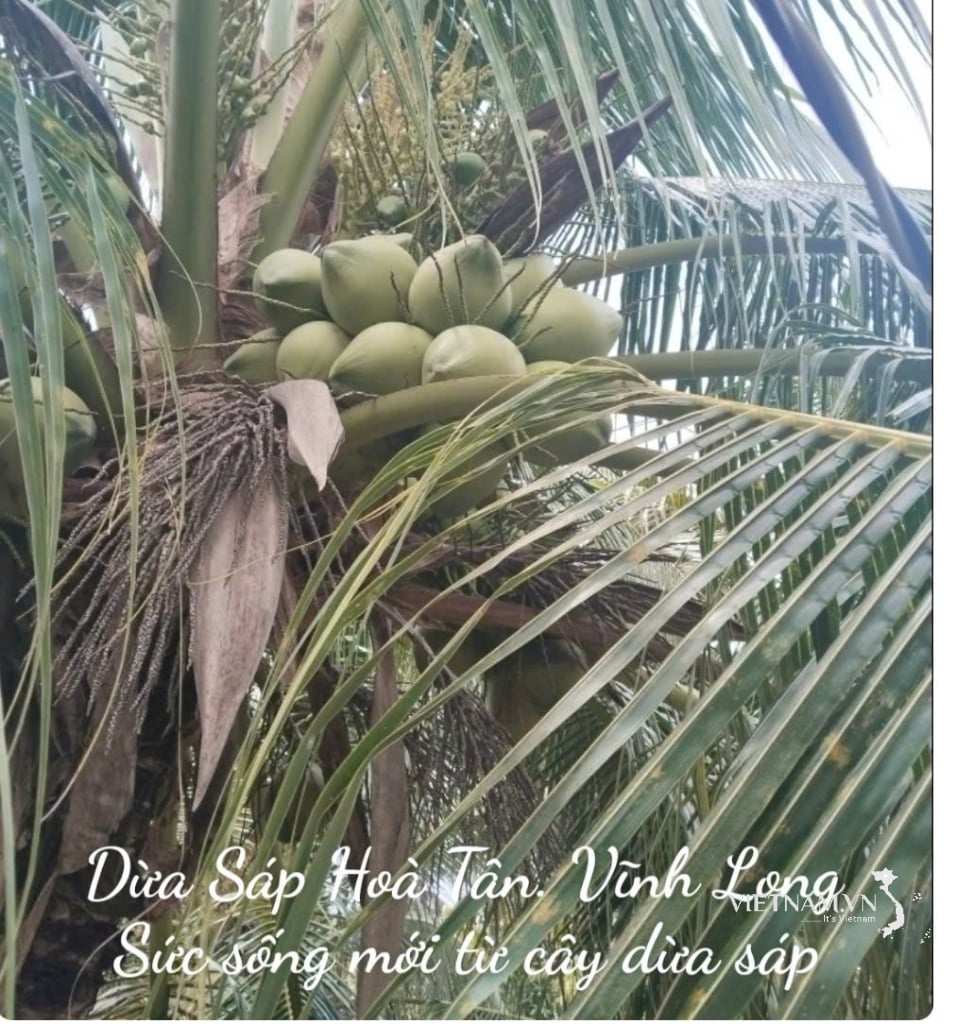
Comment (0)